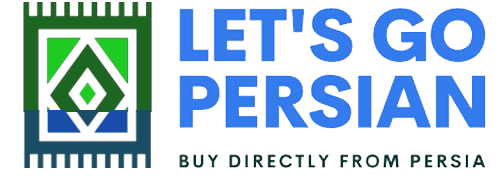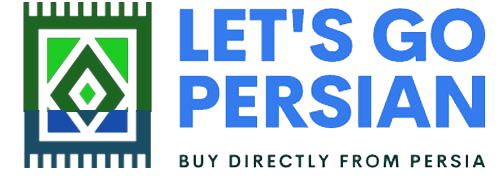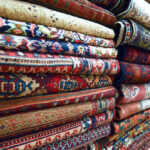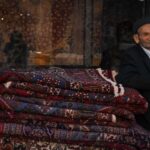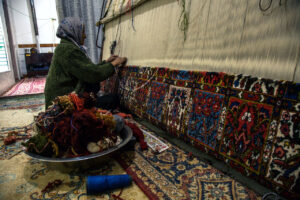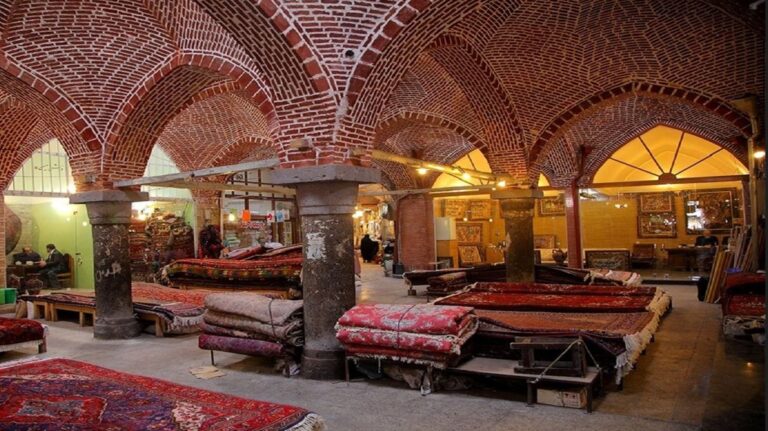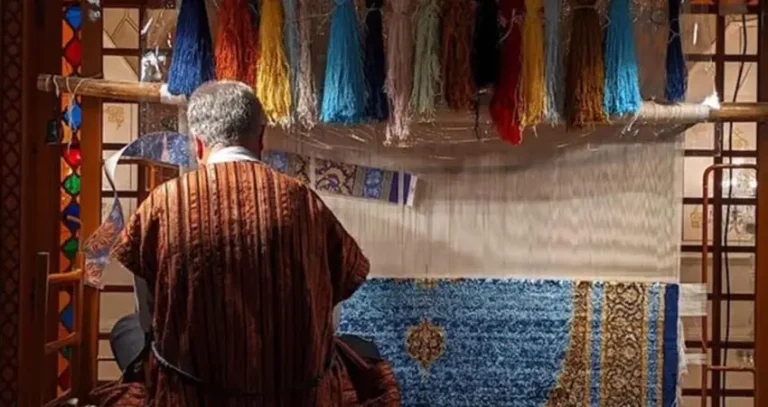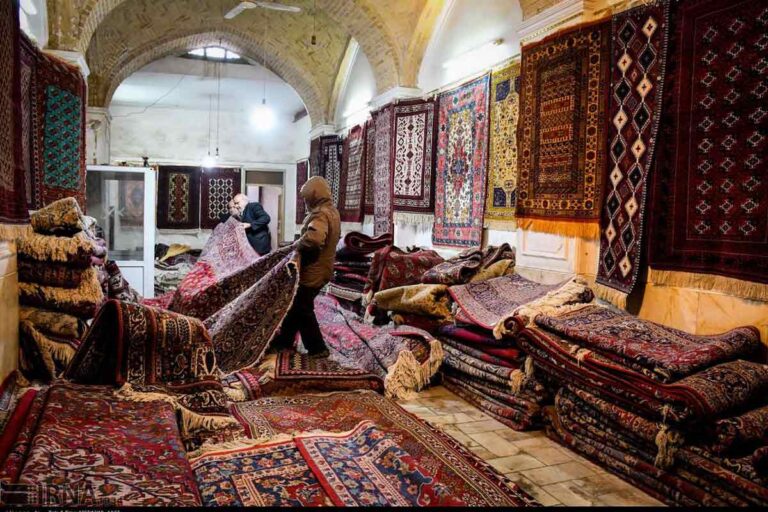The Shah Abbasi Motif: A Timeless Symbol of Persian Rug Heritage
The Royal Hunting Scene: A Signature Motif in Persian Carpets
Step into the world of Persian handwoven carpets, and you enter a universe filled with symbols, secrets, and centuries-old stories. Among the countless artistic patterns found in these rugs, one of the most mysterious and evocative is the Zir-e-Khaki motif—also known as the “Buried Treasure” or “Pottery-Inspired” design.
What Is the Zir-e-Khaki Motif?
In the past, Persian carpet designs were inspired by all facets of life: architecture, flora, fauna, mythology, and human nature. One lesser-known yet deeply meaningful source of inspiration was everyday objects—particularly ancient ceramics and pottery.
These vessels, once part of ordinary life, have become archaeological treasures, unearthed from beneath the soil. The term Zir-e-Khaki (literally “from under the earth”) refers to designs based on these ancient artifacts, including jugs, bowls, and urns.
These motifs are especially beloved for their nostalgic charm and symbolic depth, often handwoven directly from memory rather than using a drawn template—making them part of the larger “mental weaving” tradition in Persian textile arts.
Symbolism and Storytelling
Zir-e-Khaki carpets are not only decorative—they are visual narratives. Stylized geometric motifs, abstract floral patterns, and vessel shapes are rich in symbolism, each telling a story rooted in Persian culture. The colors and forms are deliberately chosen to reflect themes like:
-
Love and longing
-
Hidden wealth or inner beauty
-
Connection to the past and ancestry
As Persian poet Omar Khayyam beautifully expressed:
“This jug was once a lover in despair,
Its handle once the arm of someone fair…”
Such poetic sentiments echo in every curve and contour of a Zir-e-Khaki design.
Regional Diversity and Artistic Influence
Each tribe or region brought its own unique interpretation to the motif. Influenced by local customs and lifestyles, these rugs are like woven chapters of unwritten history. No two rugs are exactly the same, yet all share the characteristic spirit of ancient mystery and reverence for the past.
Cities most known for weaving Zir-e-Khaki designs include:
-
Kashmar (renowned for antique-inspired storytelling carpets)
-
Kashan (famous for classical floral and pottery motifs)
-
Tabriz (master of detailed, structured compositions)
A Collector’s Gem
Due to their symbolism, rarity, and aesthetic richness, Zir-e-Khaki rugs have long been considered collector’s items. In the 16th century, these carpets were woven for royal courts and aristocrats. During the 19th century, they became one of the most sought-after Persian exports, particularly in Germany, the UK, and other parts of Europe.
Today, many antique Zir-e-Khaki carpets are preserved in world-class museums and private collections.
Final Thought
The Zir-e-Khaki motif is more than just a pattern—it’s a link between the ancient and the present, an homage to Persia’s cultural memory, and a celebration of the beauty found in everyday life. With its symbolic forms, earthy tones, and narrative charm, it remains one of the most distinctive and poetic designs in Persian carpet weaving.
Have you ever seen a Zir-e-Khaki carpet?
Tell us what you noticed, or share a photo—we’d love to see how this timeless motif speaks to you.
